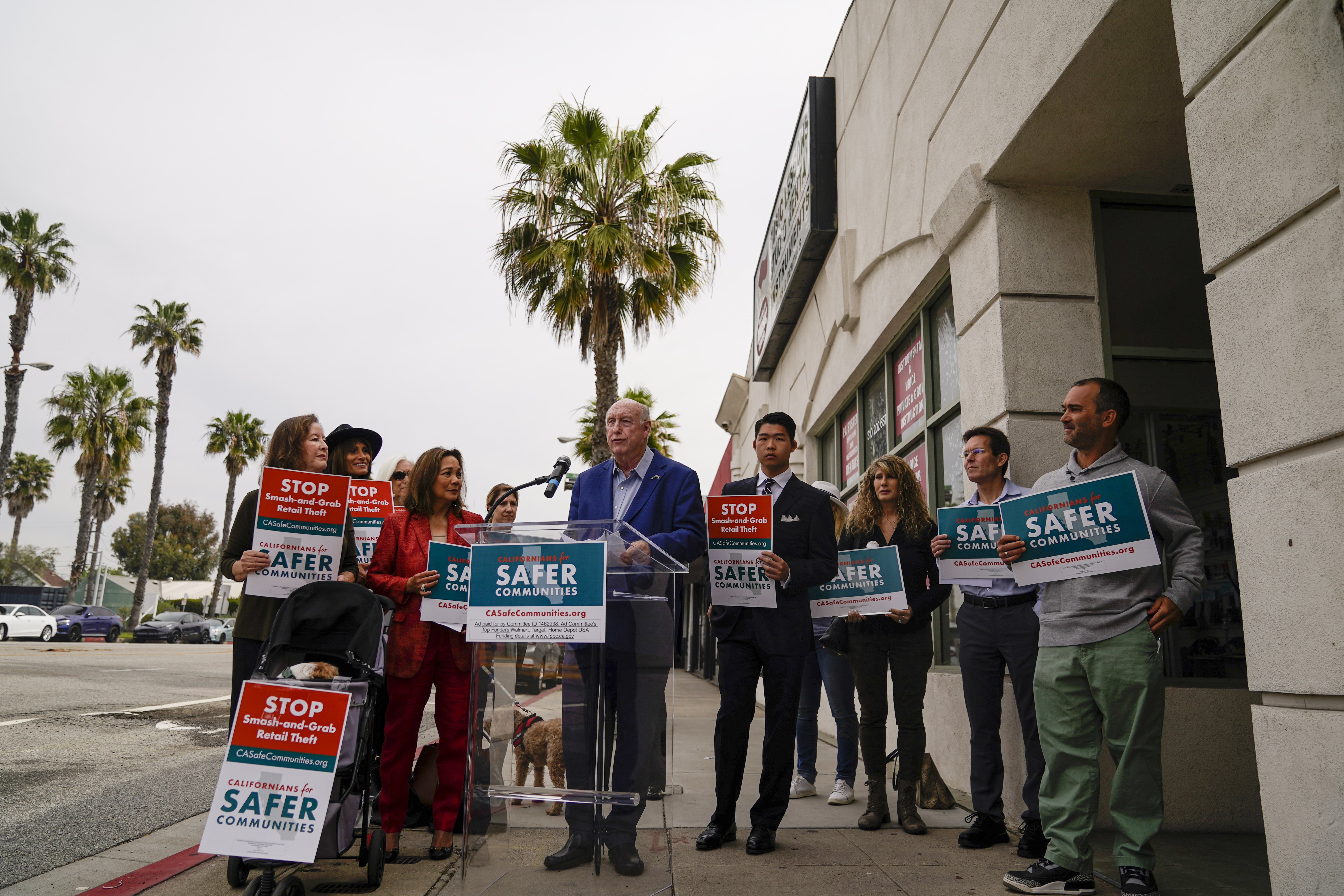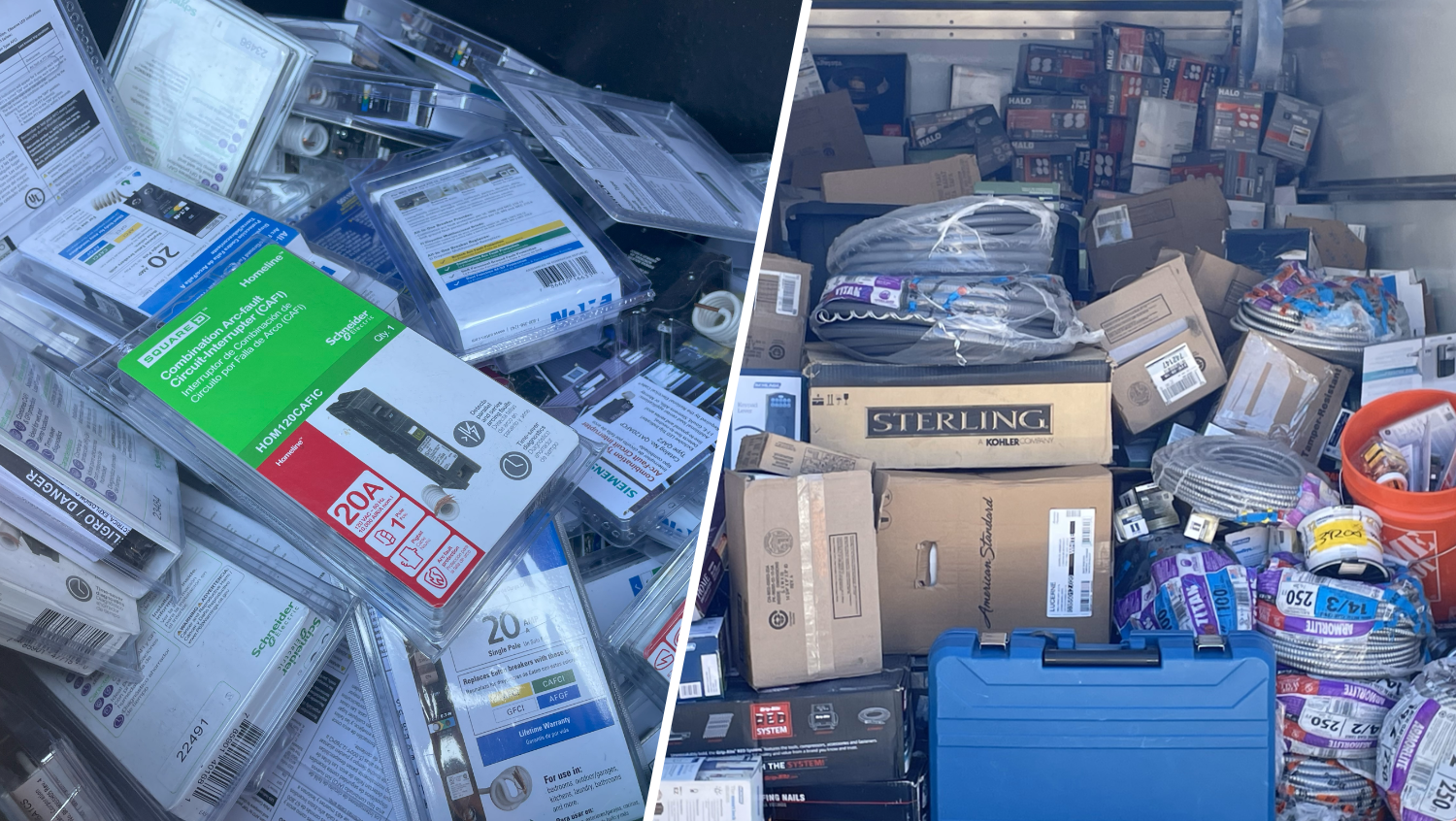Should offenders guilty of serious crimes, like human trafficking, sexual abuse and vehicular manslaughter, end up in county jails?
That’s one pressing question before the public as lawmakers, policymakers and criminal justice experts look to tweak California’s most significant overhaul of crime and punishment policies in decades.
Prison realignment, the much-talked about, highly-scrutinized plan to relieve California’s prison population crisis is barely two years old.
A look back at the program’s first couple years, however, is yielding all sorts of useful Insight - both good and bad - about how the policy is impacting California’s counties and jails.
Here we poke some holes in one of the central tenets of the program, that “non-violent, non-serious, non-sexual” offenders are the only population of prisoners being redirected to jails under realignment.
“What we constantly heard from the district attorneys is that ‘serious, violent and non-sex’ is a misnomer,” observed Joan Petersilia, the co-director of Stanford’s Criminal Justice Center and the most informed realignment expert in the county.
Petersilia has spent the last two years interviewing all of the major stakeholders in the criminal justice system, from judges and prosecutors to probation officers and inmates, to highlight the strengths and shortcomings of the program.
Local
She told NBC Bay Area that there are dozens of crimes that fall under the non-serious, non-violent and non-sexual parameters that are still very grave offenses.
Some examples?
Human trafficking, vehicular manslaughter, identity theft, elder abuse and hate crimes are all examples of felonies now considered low-level. Those crimes will not land offenders a prison sentence.
“The major tweaks that people want is a broadening, or realigning back to the state, if you will, of some of these more serious offenders,” Petersilia said. “We took too broad of a category and realigned, and now we’re going to realign some of those back.”
It’s also true that realignment sentencing does not, by and large, incorporate an individual’s criminal history into the process.
Thus, a person accused of a crime may have committed horrible acts in the past (think sexual assault or murder) but is now being evaluated on his current charge, which may be relatively minor.
“Somebody who has been convicted of say, a homicide or a robbery, could come back in and commit a grand theft or lower-grade offense, and then be evaluated as what’s called a ‘non, non, non,’ said Covina Police Chief Kim Raney, president of the California Police Chiefs Association. “And then come out of a county jail system.”
And it’s in the county jail system where the threat to public safety can really be accentuated.
As Alameda County UnderSheriff Rich Lucia explained to NBC Bay Area, many of the local jails are “capped,” or unable to increase their inmate population.
In turn, every newly-sentenced offender under realignment signals a prisoner who must be released, often early, to create additional space.
“35 of the 58 California county jails are at their maximum,” said Lucia. “So when you don’t have any more room to put somebody, and an [offender] is sentenced to your custody then you are forced to make a decision about who stays and who goes so you can make room for the people who are sentenced.”
Alameda County, he says, is one of the few jails in the state that is currently equipped with extra capacity.
But for those less fortunate, Lucia says he certainly has his share of concerns.
“It’s something that we’ve been trying to have dialogue with the legislature about,” he said.
In essence, the state has paved the way for more serious offenders to migrate to local facilities, where they can often be released well before their sentences expire.
Asked if the net effect of the ‘non, non, non’ policy could be a hazard to public safety, Lucas responded, “it could certainly contribute to a more dangerous environment.”



